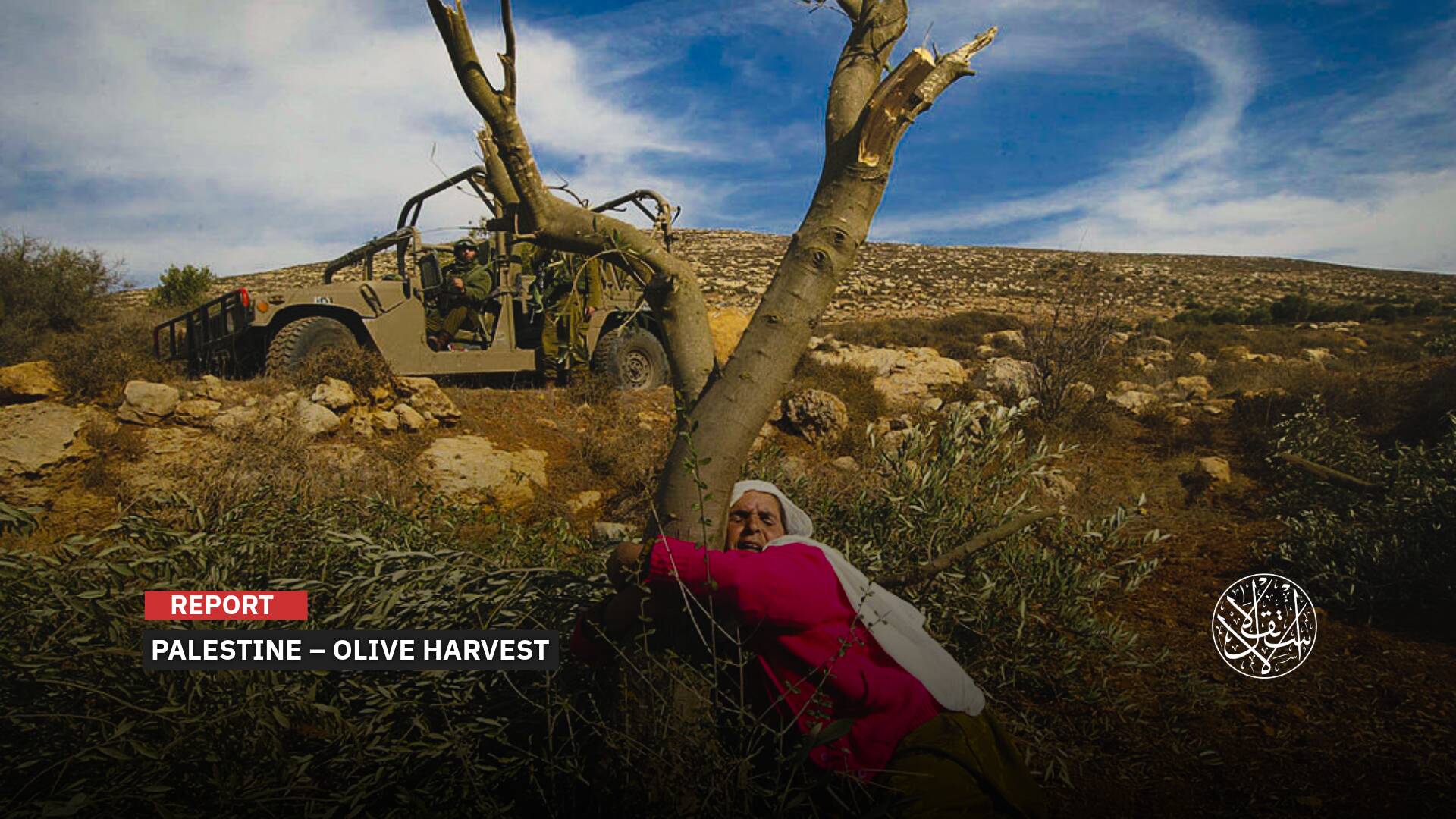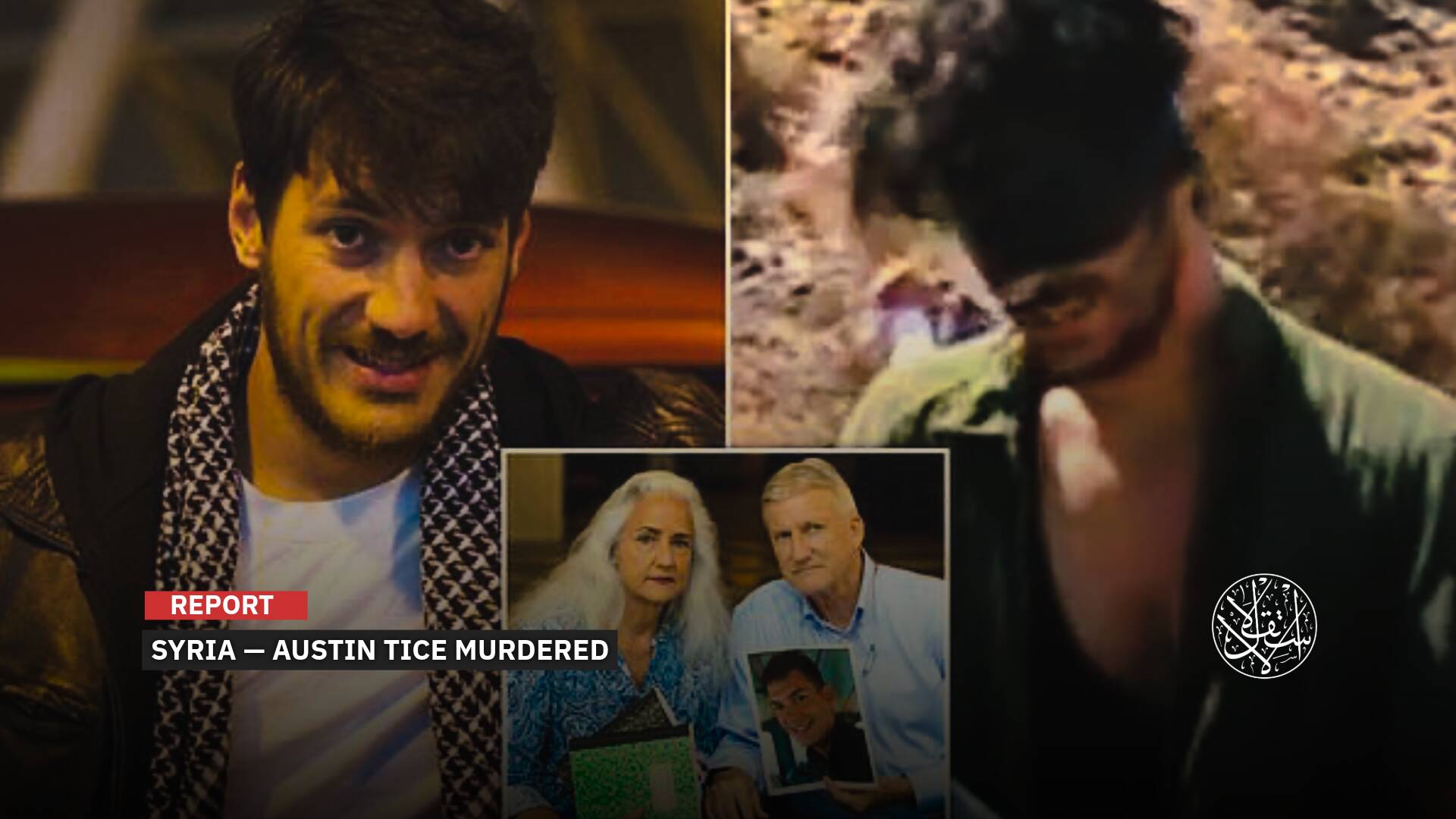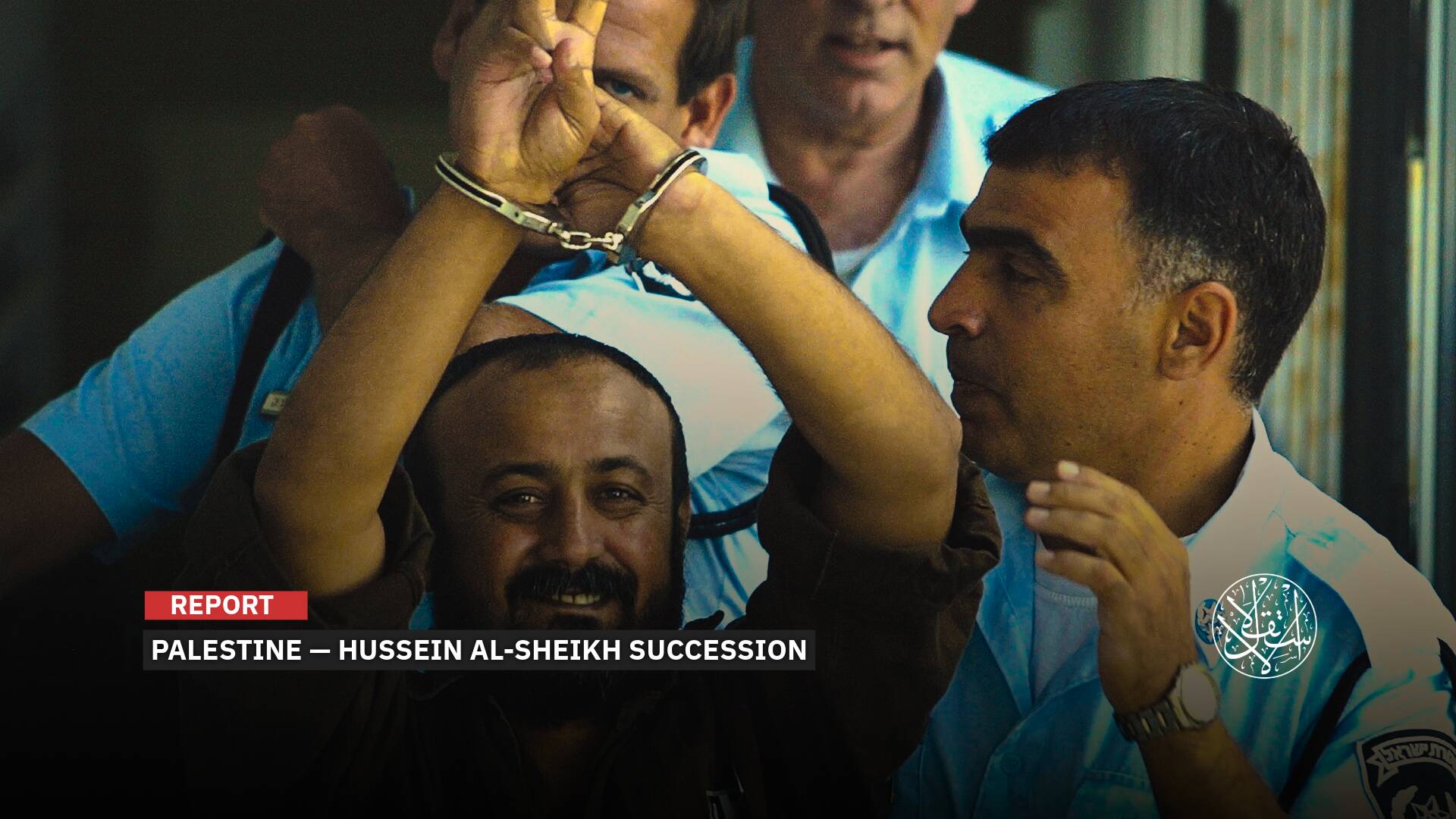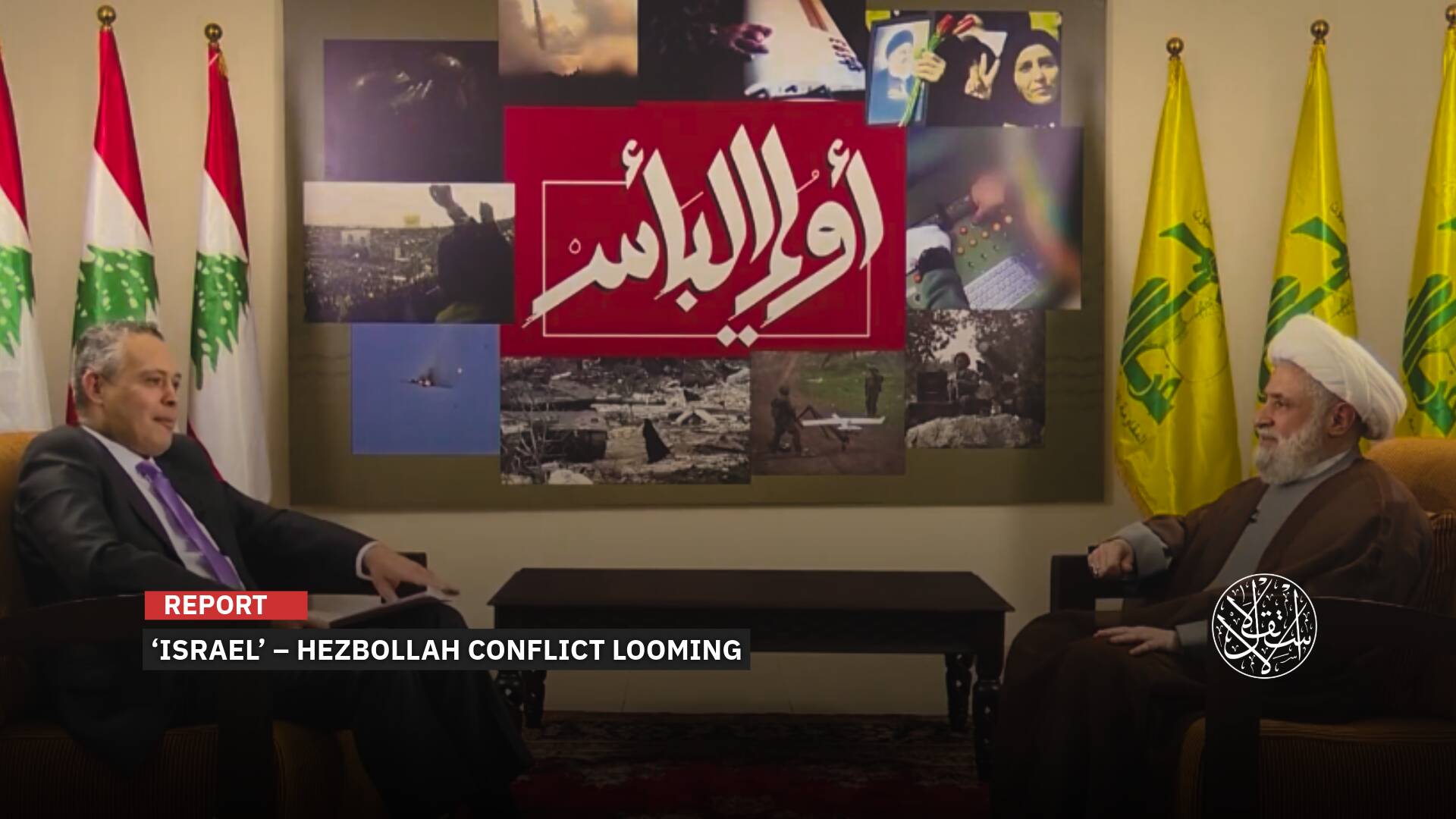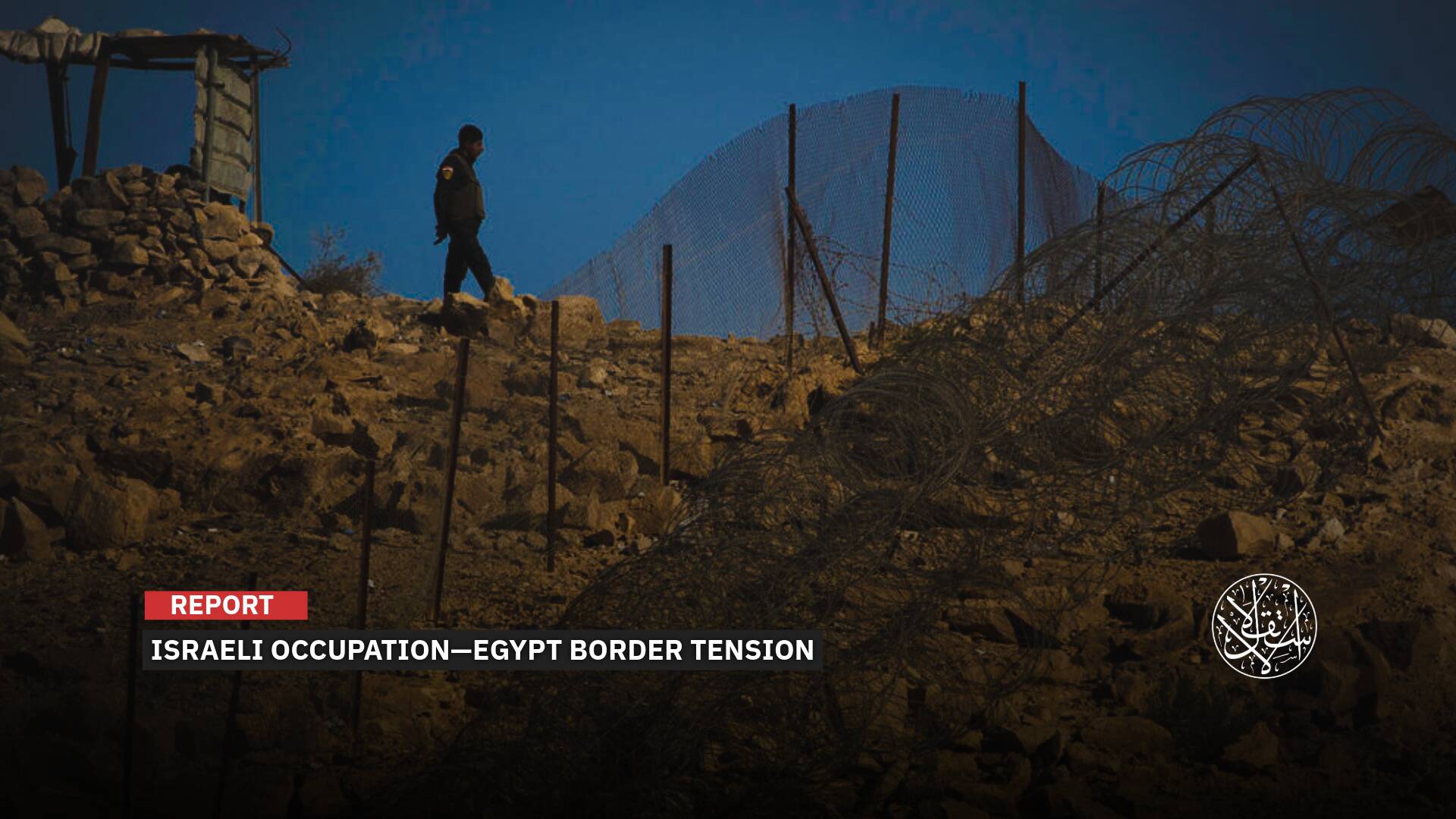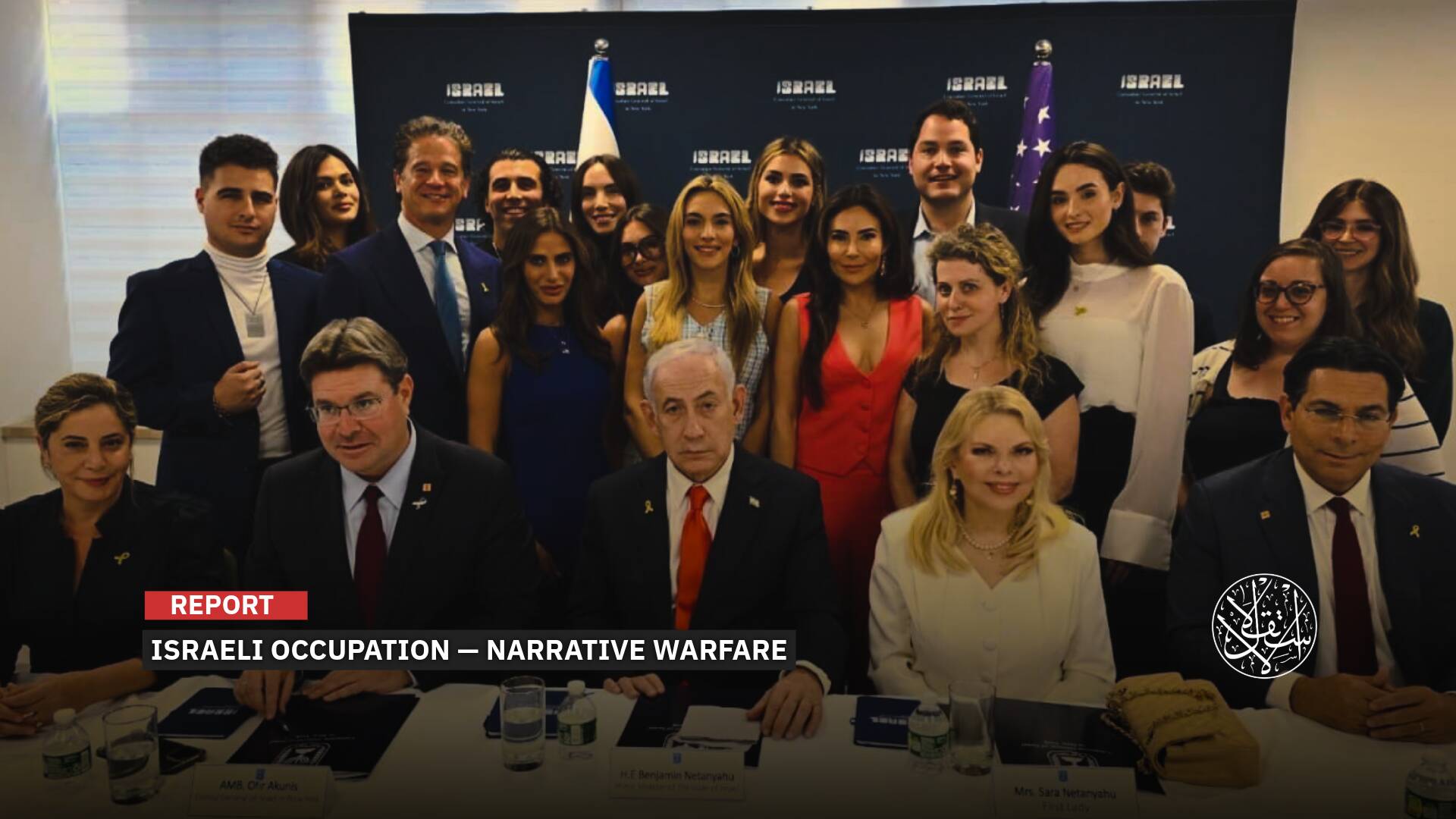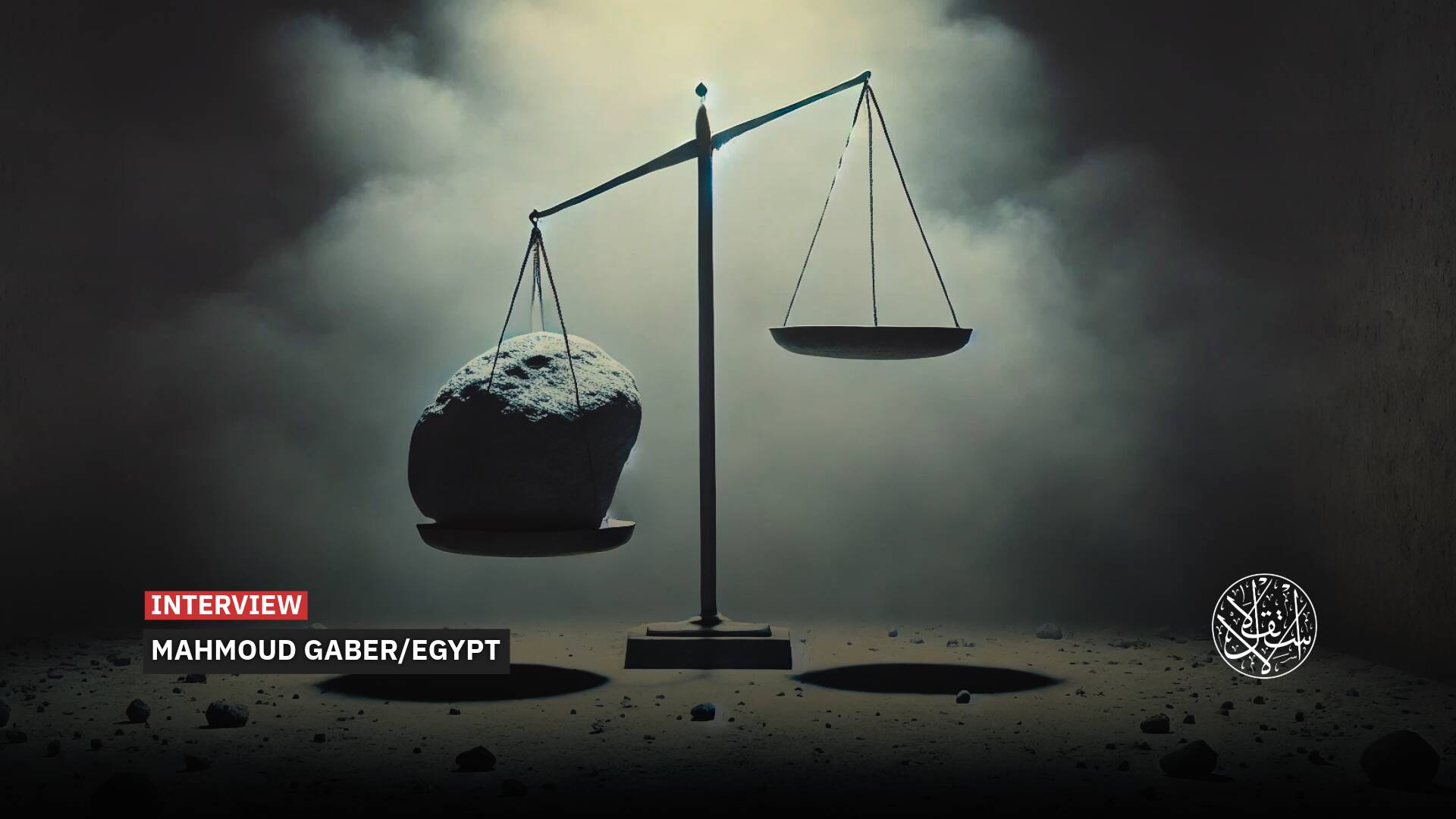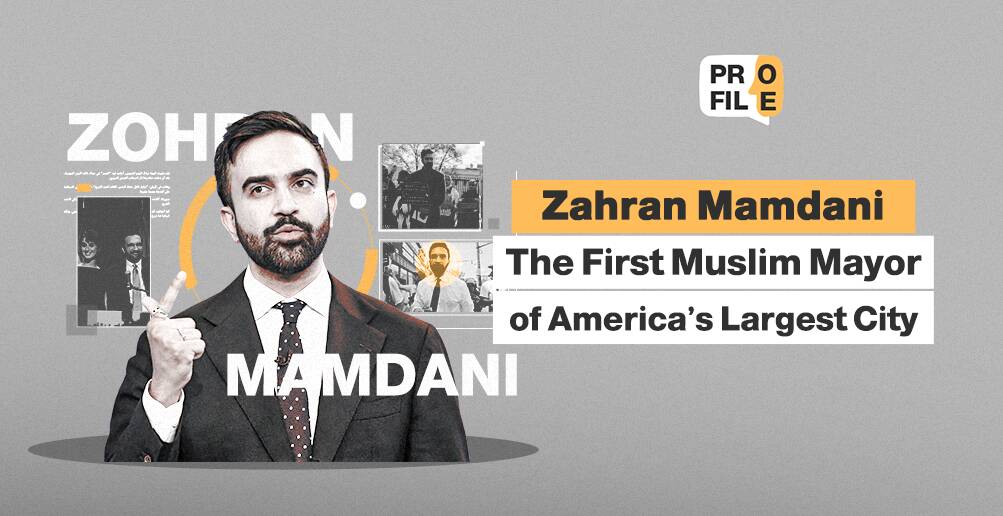After the Ceasefire: How Hamas Began Consolidating Control and Restoring Order in Gaza
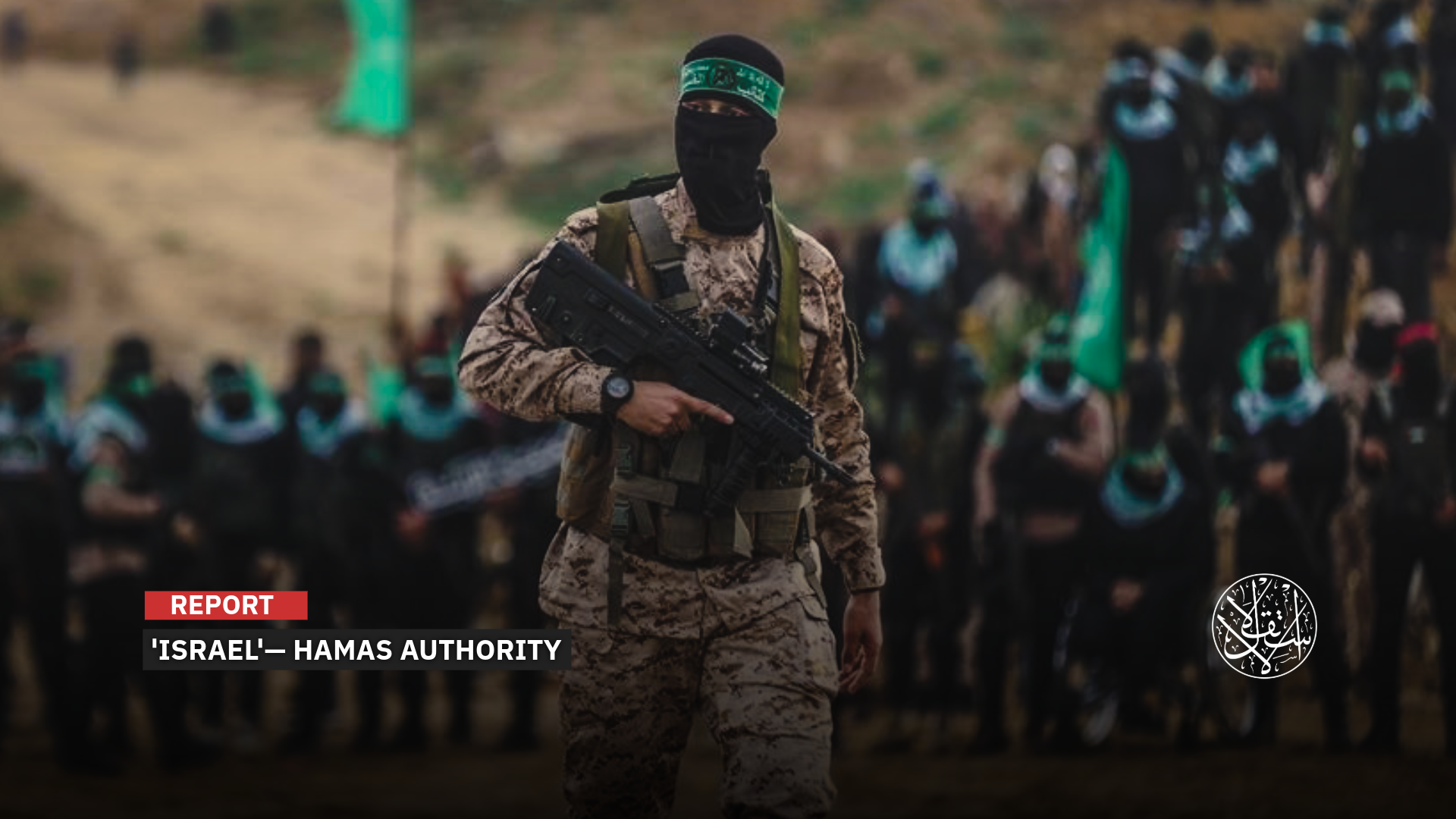
Gaza’s Interior Ministry has stepped up efforts to reassert control on the ground.
Just hours after a ceasefire came into effect on October 10, 2025, the Palestinian resistance movement Hamas regained full control over the areas from which Israeli Occupation Forces had withdrawn in the Gaza Strip.
Across the territory, members of the Al-Qassam Brigades, the military wing of Hamas, and Gaza’s security services deployed widely following the Israeli pullout, a development that brought a sense of relief and security to residents on the streets.
The scene in Gaza stands in stark contrast to Israeli Prime Minister Benjamin Netanyahu’s two-year promise to destroy Hamas, maintain strict military rule, and entrust civilian governance to his loyalist militias and collaborators.
Security, military, and civil authority on the ground have now returned to Hamas, which from the day after the war began has worked to end lawlessness, crack down on Israeli-aligned gangs, hold criminals accountable, and manage civil affairs for Gaza’s population.

Hamas Seizes Control
In this context, Gaza’s Interior Ministry launched intensive efforts to restore order on the ground, targeting wanted individuals, collaborators, and pro-Israeli gangs that had been used by the occupation during the war to strike at the home front.
Security campaigns involved raids and arrests across the entire territory, including sites controlled by “Israel” within the so-called "yellow line" established under the ceasefire agreement.
Internal security forces, police, criminal investigations units, and anti-narcotics teams resumed open operations after months of working under a state of emergency.
Alongside the security measures, government ministries, agencies, and municipalities gradually resumed their pre-war functions as part of a plan to restore normal life and organize services for residents.
According to the ceasefire signed in Sharm el-Sheikh, Egypt, this phase will continue until a technocratic committee is formed, with active participation from Hamas.
Meanwhile, the Ministry of Economy launched field campaigns to regulate prices, monitor markets, and hold violating traders accountable.
The Ministry of Public Works and Housing began documenting war damage, distributing aid and tents to those affected, while municipalities cleared rubble, reopened damaged roads, and restored water supplies to neighborhoods hit by bombing and excavation.
The Ministry of Justice gradually reopened courts after two years of inactivity, aiming to end the legal chaos that worsened during the conflict.
The Ministry of Endowments initiated efforts to rehabilitate destroyed mosques, establish temporary prayer spaces, and resume Quranic and religious study sessions that had been suspended for more than two years.
Hamas’s coordination of security and civil affairs, and the reconstruction of daily life, has become a testament to the failure of the war’s objectives in Gaza.
Political analyst Zakarya Sleasel noted that it was clear from the start of the war that Netanyahu’s stated aims to eliminate Hamas, dismantle its forces, and erase its rule would not be achieved.
He told Al-Estiklal that the post-war situation mirrors conditions before the conflict, with Hamas continuing to exert effective control over Gaza, managing both civil and security affairs.
Sleasel added that Netanyahu’s plan had been to impose direct military rule over the Strip, integrate “pro-Israeli” armed groups into the new security apparatus, and rely on cooperating families, but the reality on the ground has overturned those ambitions.
He noted that Netanyahu had believed he could create a new security and civil reality in the Strip, yet the resilience of the resistance until the very last moment and the cohesion of its military capabilities completely foiled that plan.
The occupation was also forced to accept a completely different arrangement, under which Hamas remains a central player in managing Gaza and even participates in selecting the upcoming technocratic government, he added.
"Hamas is the main authority in Gaza, and no other entity can govern in its place, because it has established an integrated system encompassing security, education, health, justice, municipalities, and a wide network of social relations reaching families, tribes, and all segments of society," Sleasel continued.
He explained that these deep roots make Hamas the primary and sole reference for residents, rendering any attempt to replace it impossible, which has compelled the United States to seek dialogue with the movement over Gaza’s future governance.
Sleasel stressed that there is a firm conviction among both the occupation and the US administration that removing Hamas has become an impossible task.
He added that if a devastating two-year war failed to eliminate the movement or even weaken its capacity to govern, no other approach is likely to succeed, particularly given Hamas’s strong ability to replenish its human resources and reorganize its ranks rapidly.
He noted that the movement has managed to re-enlist its ranks and replace lost personnel, demonstrating its organizational and political cohesion, and, most importantly, it has emerged with broad popular support across Gaza.
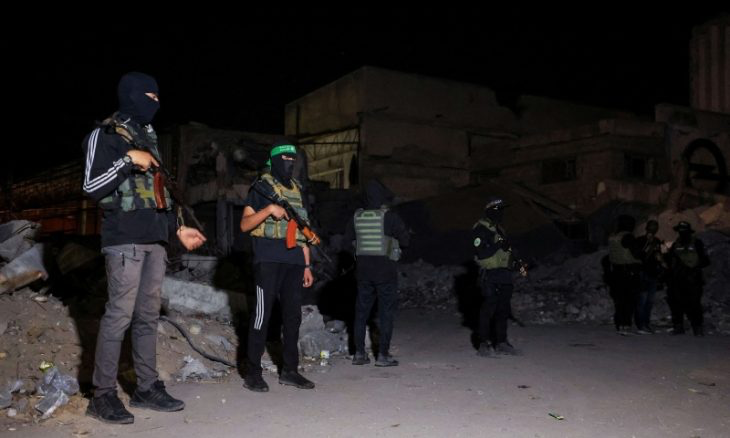
Popular Reception
With the restoration of control, the deployment of security forces across the Gaza Strip, the end of the security vacuum, and the resumption of government work, a sense of relief and reassurance has spread among Gaza’s residents.
For many, the visible presence of police and security forces marked a turning point after a period of lawlessness, which had seen thefts, assaults, gunfire, and armed family disputes become commonplace.
Al-Estiklal surveyed residents in the Nuseirat and Bureij refugee camps in central Gaza about the return of government operations, the redeployment of police forces, and the restoration of security following the end of hostilities.
Mohamed Saadallah, a local resident, said seeing police and security personnel patrolling markets, cracking down on monopolies and regulating prices, as well as pursuing collaborators, thieves, and fraudsters who had contributed to the security breakdown and economic hardship, was a source of comfort for Gazans.
He added that the return of order and discipline to the streets after a prolonged period of chaos had rekindled hope among residents that life in Gaza was moving toward stability.
Saadallah recalled the harsh reality of the past two years, when criminals, hoarders, thieves, and drug traffickers roamed the streets without fear, while security forces were unable to respond due to occupation efforts to disrupt any attempts to restore order.
This reality had created an atmosphere of fear and despair among citizens, making crime a part of everyday life in Gaza.
However, he said that following the end of the war and the launch of extensive security campaigns, citizens felt considerable relief, noting that the situation had changed completely and people were witnessing the return of safety and order to their lives.
Another resident, Abdullah Khairy, said the end of the war, the return of the government to its functions, and the redeployment of police and security forces had sparked a sense of joy and optimism across Gaza.
He noted that these developments had renewed confidence in the residents’ ability to rebuild what had been destroyed by the occupation, curbed the previous lawlessness and criminality, and ended the dominance of certain families and groups over others. He emphasized that people now felt the start of a new phase marked by hope and stability.
Khairy added that from the very first moments of the ceasefire, residents began to witness security forces arresting criminals and collaborators, some of whom had been involved in killings of people whose only "crime" had been carrying flour to their families, targeted for theft.
He pointed out a striking paradox: even those who dislike Hamas or disagree with it politically are among the most vocal advocates for its return to power, having realized that no other group could govern Gaza or ensure security and stability as effectively.
Fatima Abdulrahman said that after the end of the war and the return of government agencies to oversee the organization and distribution of humanitarian aid, she was able for the first time in seven months to receive food assistance for her family, having been denied it throughout the previous period.
She explained that previously, aid had often been looted by gangs in the absence of oversight. The government’s direct supervision of distribution had restored trust and fairness, giving needy families a sense of justice.
Abdulrahman added that in the final months of the war, she had been afraid to let her children leave the house after sunset because of the prevalence of criminals and gangs in the streets, which had made everyday life fraught with fear and anxiety.
However, she said that following the end of the war and the renewed presence of security forces, streets were clearly safer, municipalities had improved lighting and public services, and life was gradually beginning to improve with the return of order.

‘Israel’ in Shock
In contrast to the sense of relief and optimism sweeping Gaza, the mood within political and media circles in “Tel Aviv” was markedly different, as Hamas’s rapid return to governance sent shockwaves through “Israel,” confronting the country with a reality that sharply contradicted the narrative the Netanyahu government had promoted for two years.
Israeli newspapers and websites were filled with questions: “What did the army achieve during two years of operations in Gaza? How did Hamas manage to regain full control immediately after the ceasefire?”
On October 23, 2025, World Israel News reported Israeli intelligence assessments indicating that Hamas had effectively restored control over the Gaza Strip after the end of hostilities.
The report noted that the movement was now performing daily governance tasks, from tax collection and running municipalities to activating security forces, maintaining internal order, and pursuing those who disrupted the system.
These assessments were described as an implicit acknowledgment of “Israel’s” failure to dismantle Hamas’s governing structure, which had managed, despite extensive destruction, to reorganize itself at remarkable speed.
Ohad Hemo, a Palestinian affairs correspondent for Israel’s Channel 12, said on October 24, 2025, that prior army estimates had predicted that Hamas would face “enormous difficulties” in regaining control, yet the reality “surprised everyone.”
“Once military operations ended, we saw Hamas regain full control of the Strip within just two weeks. It has also become an active participant in political discussions and negotiations, even returning to the table with indirect support from Washington,” Hemo added.
Hemo emphasized that the movement had not disappeared after the October 7 attack, but had reemerged as the central actor in Gaza’s political and security landscape, demonstrating its ability to reclaim a leading role as a governing force.
Similarly, Channel 13 reported that the Israeli Occupation Forces and the Shin Bet had observed Hamas’s return to field and administrative control in the Strip, which was among the main concerns raised by the ceasefire agreement.
The report noted that in the first hours of the truce, the Gaza government had gradually reasserted authority, in what was described as an “unexpected administrative and moral victory for Hamas, despite all the blood and money Israel spent during the recent war.”


